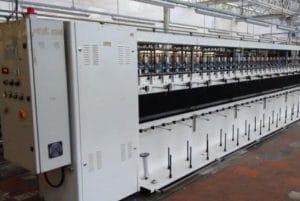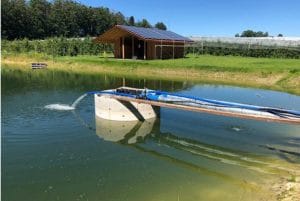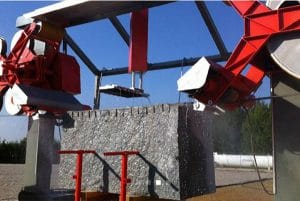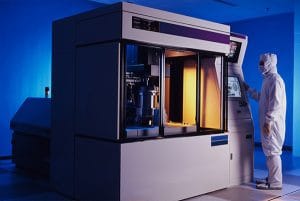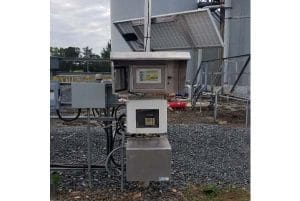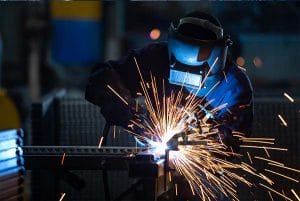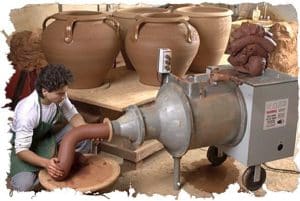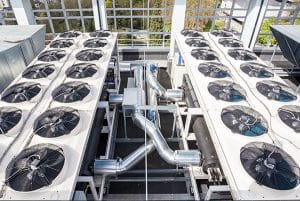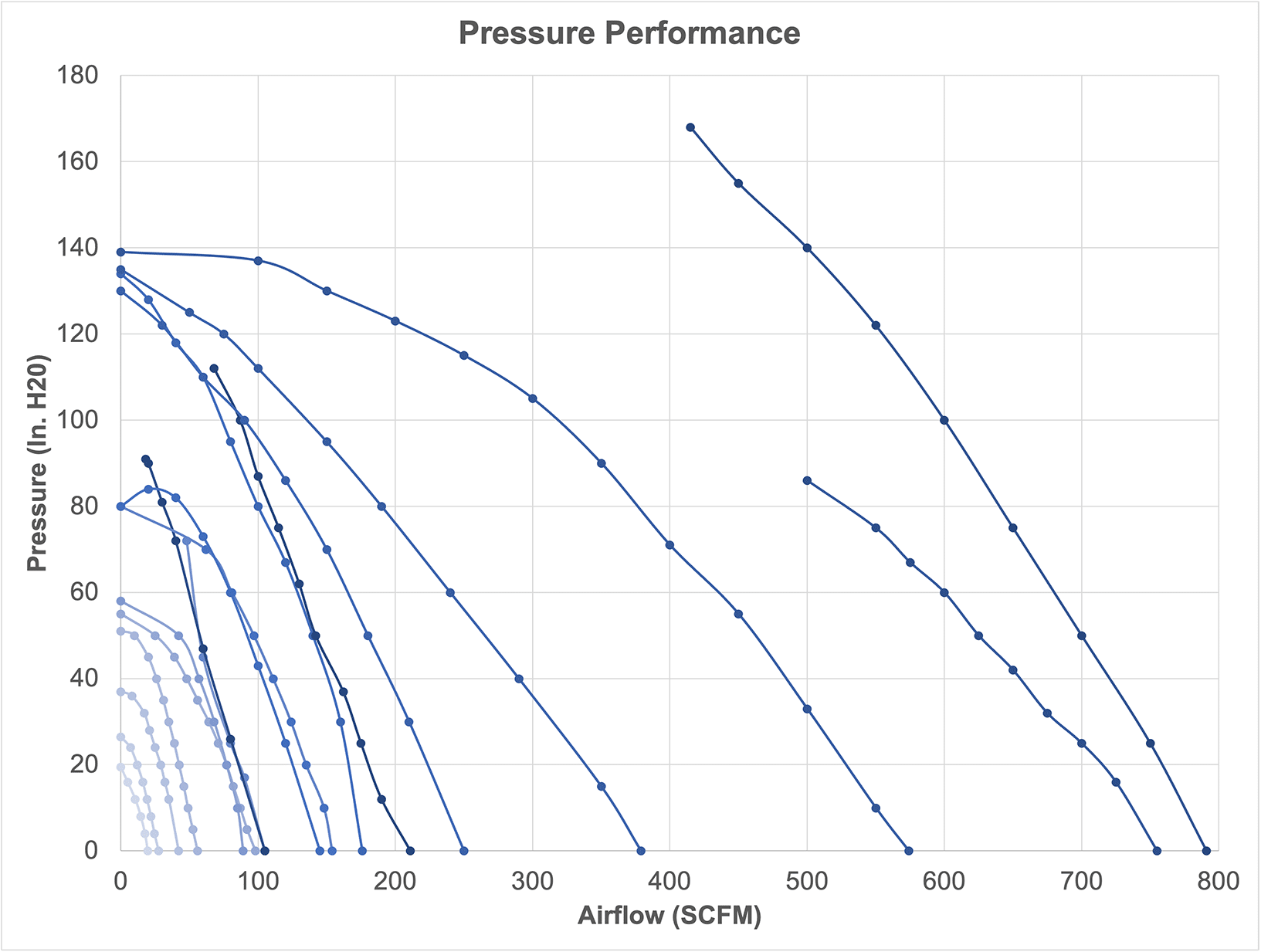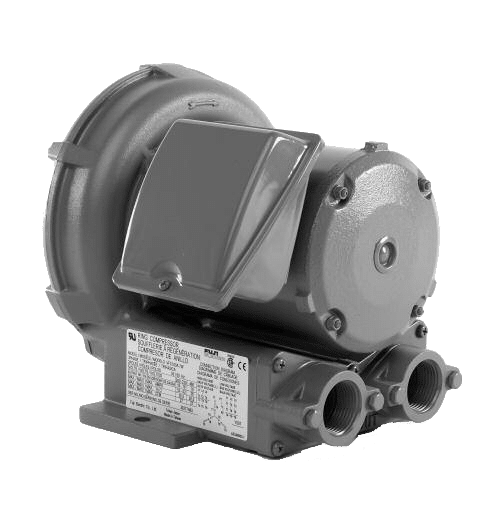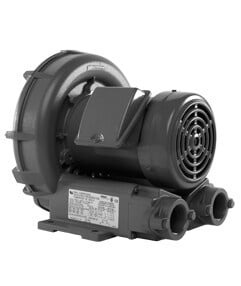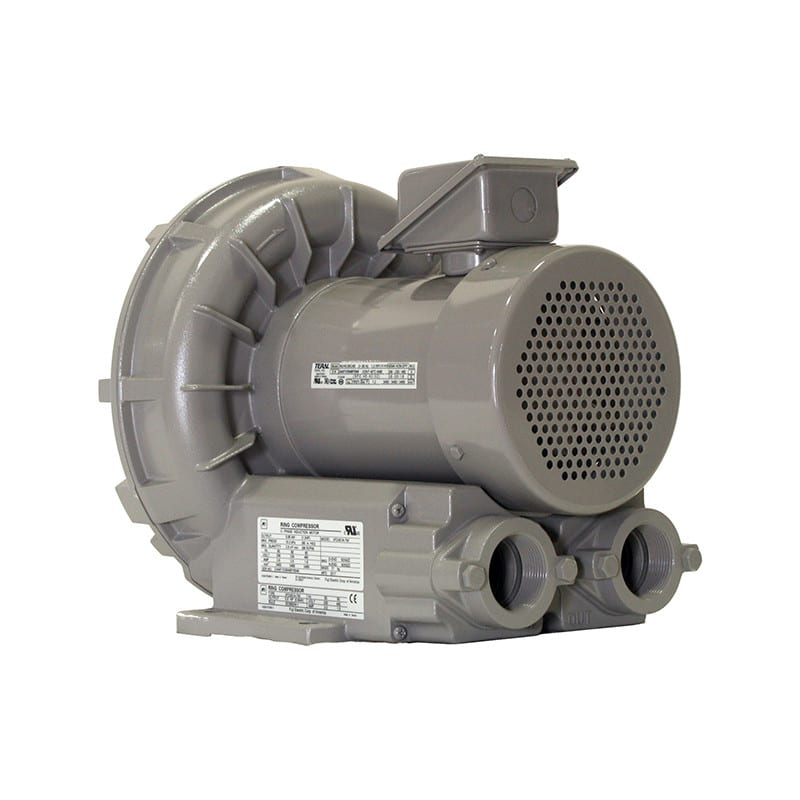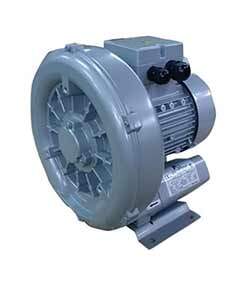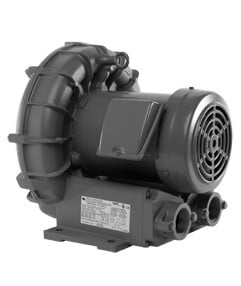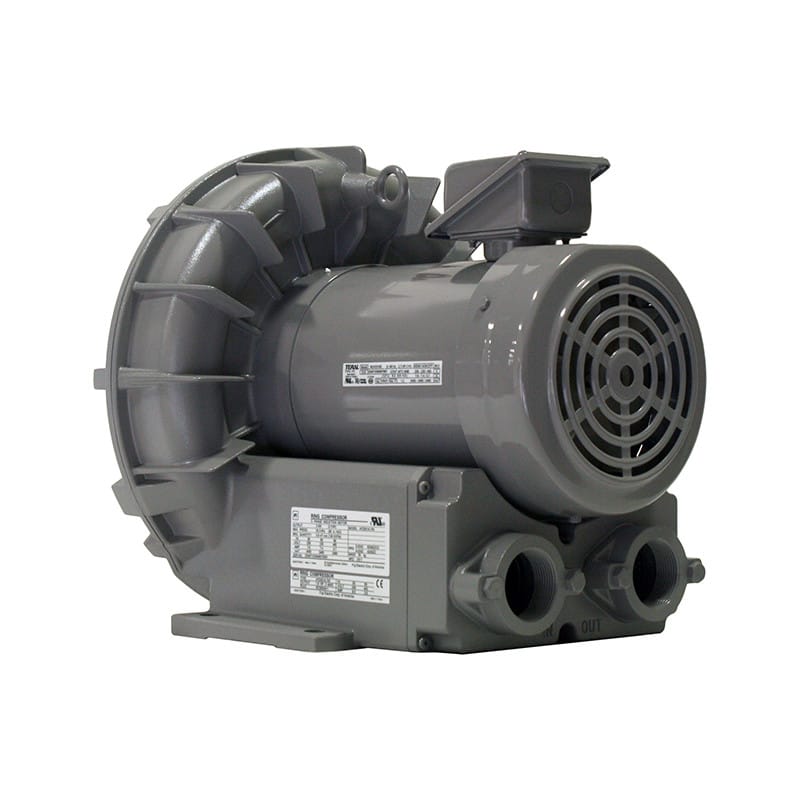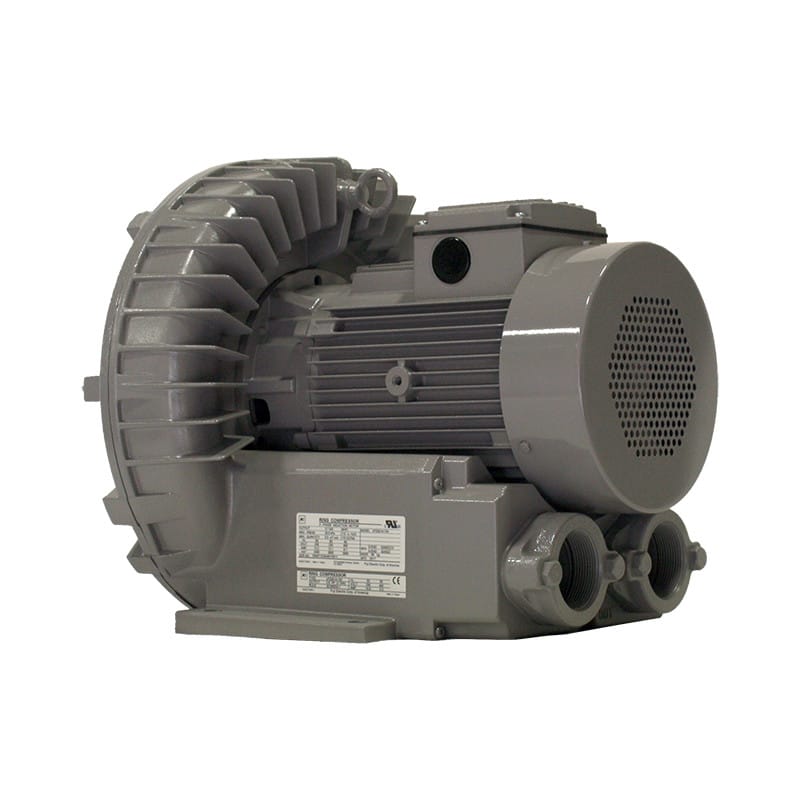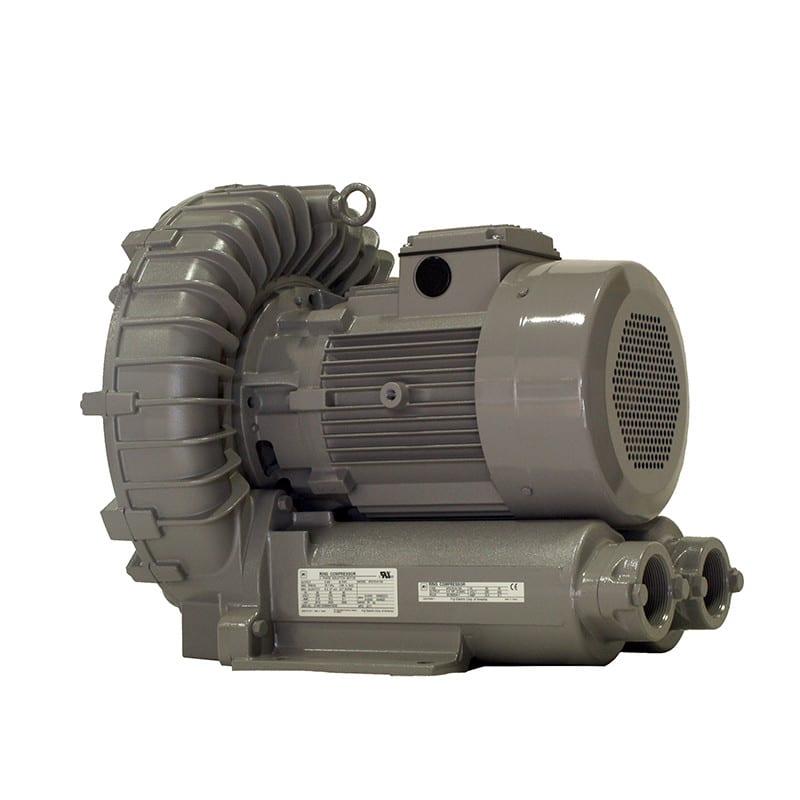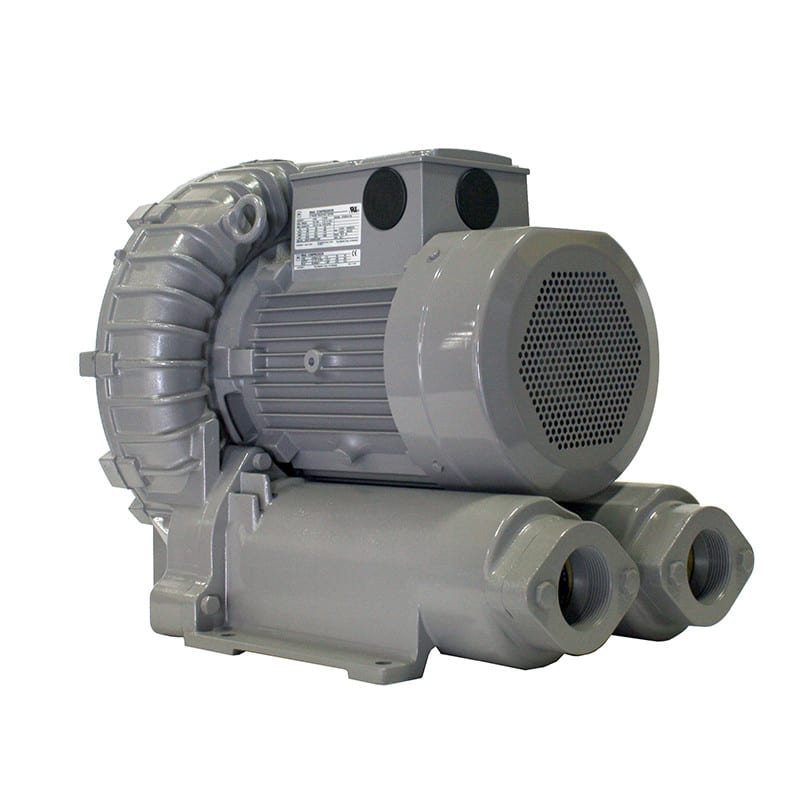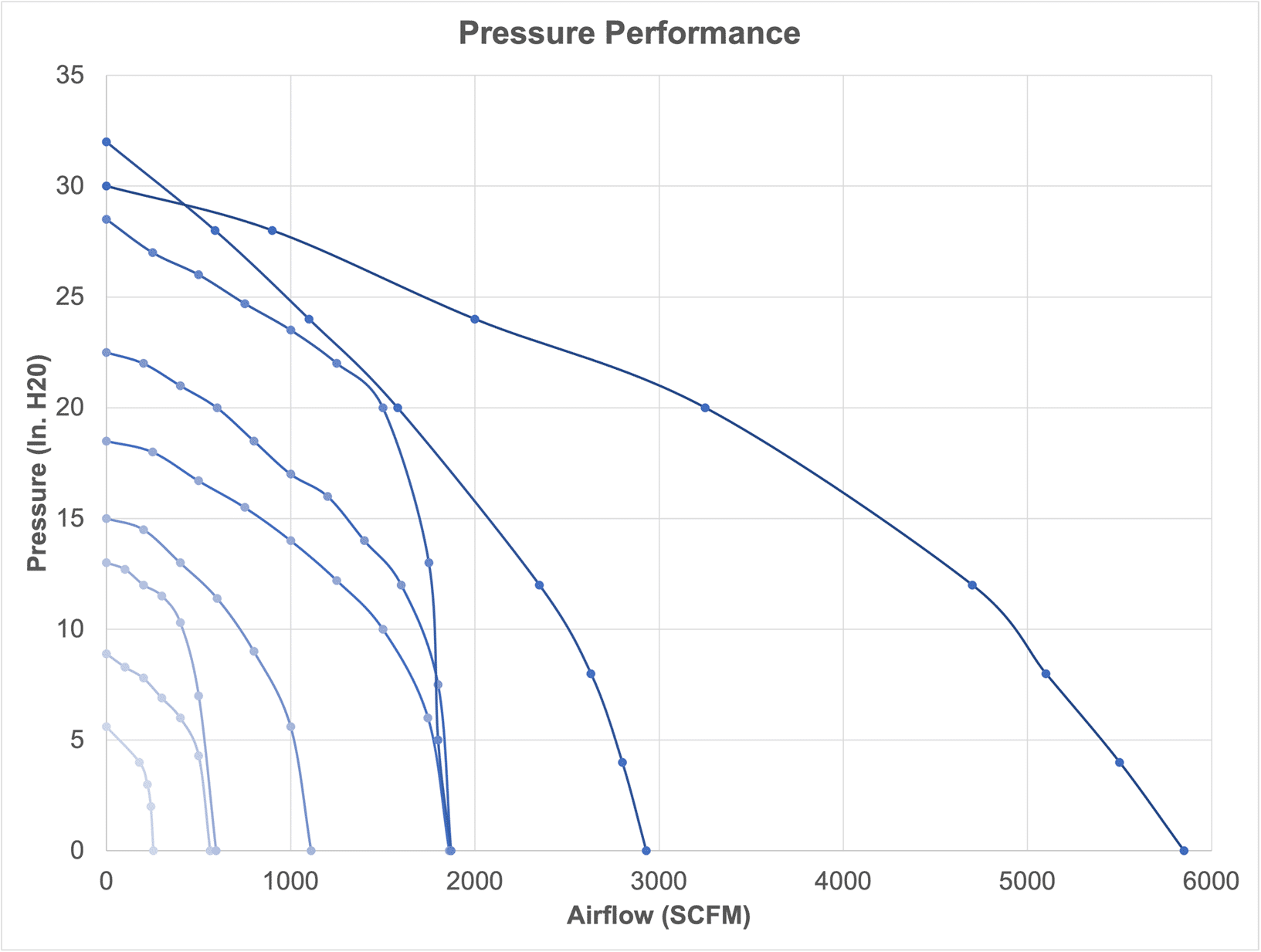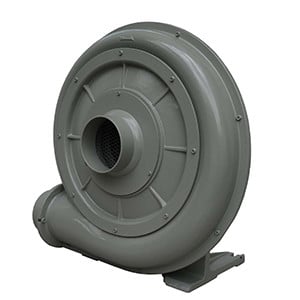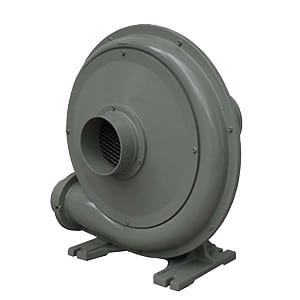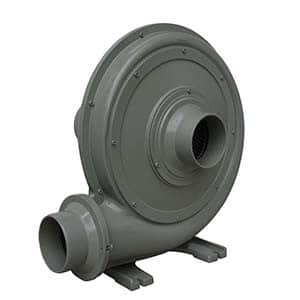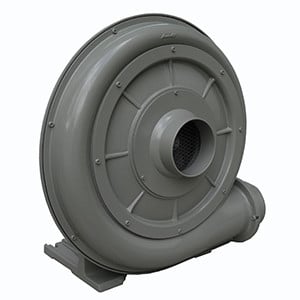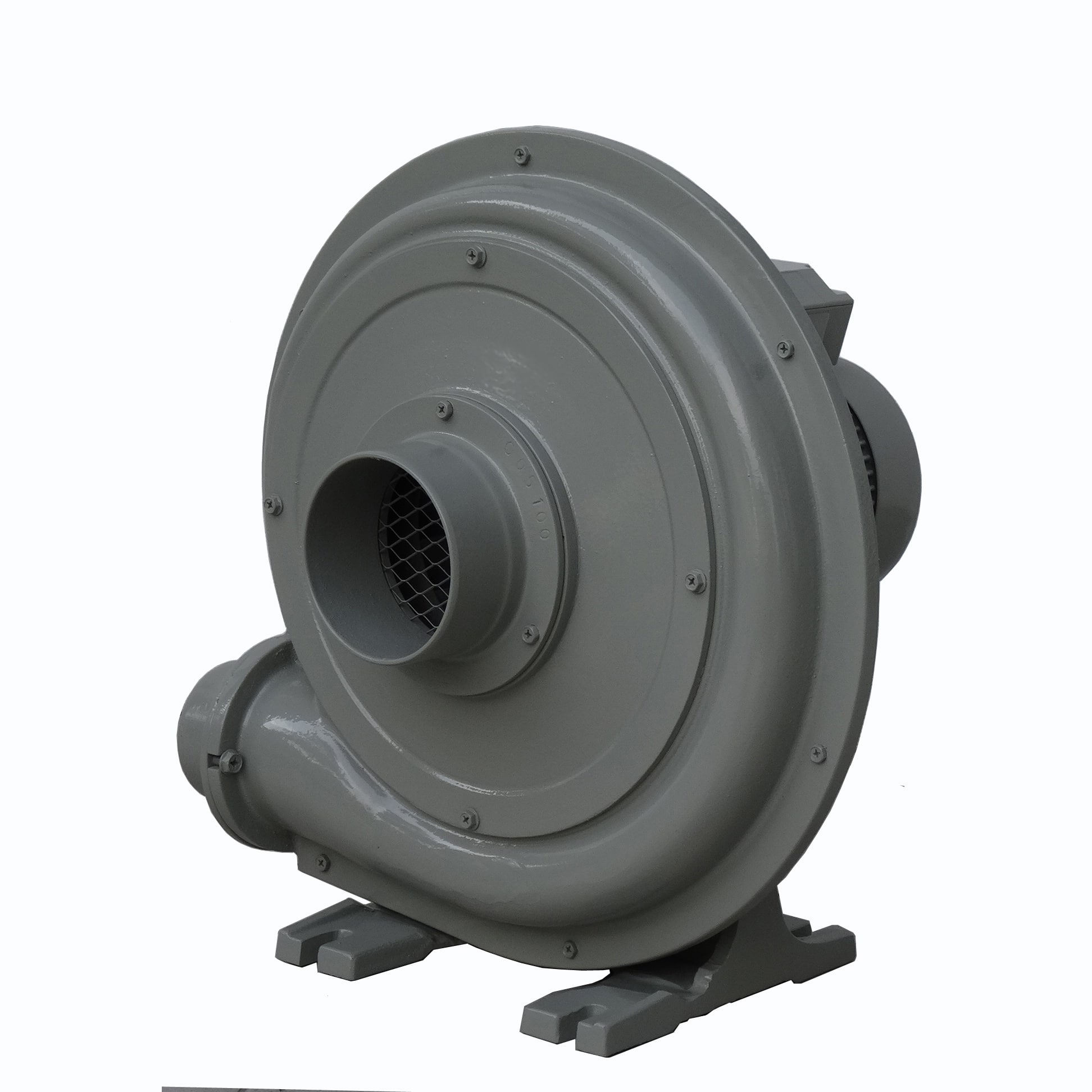An AC drive is an electronic device used to control the speed and torque of an alternating current (AC) electric motor. AC drives are commonly used in various industrial applications to achieve energy savings, precise control, and improved motor performance.
Here’s how an AC drive works: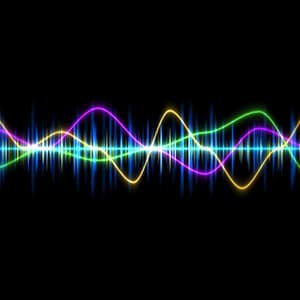
- Input AC Power: The AC drive is connected to the main power supply, which typically provides a constant voltage and frequency. In the United States, the standard power supply is 120V or 240V at 60 Hz. In other parts of the world, it’s often 230V at 50 Hz.
- Rectification: The first stage in an AC drive is to convert the incoming AC power to direct current (DC). This is typically done using a rectifier circuit, which consists of diodes. The DC voltage produced by the rectifier is higher than the incoming AC voltage.
- DC Bus: The rectified DC voltage is stored in a capacitor bank, which acts as a DC bus. This stored DC voltage is used to supply power to the inverter stage.
- Inverter Stage: The inverter is the heart of the AC drive. It consists of power electronic devices such as insulated gate bipolar transistors (IGBTs). These devices switch on and off rapidly to create a variable-frequency AC voltage. The frequency and magnitude of this AC voltage are precisely controlled to regulate the speed and torque of the motor.
- Control System: The AC drive has a control system that determines the output frequency and voltage based on the input from the user or an automated control system. This control system uses feedback from various sensors, such as speed and current sensors, to adjust the motor’s operating parameters.
- Output to the Motor: The controlled variable-frequency AC voltage is supplied to the electric motor. By adjusting the frequency and voltage of the supplied power, the AC drive can regulate the motor’s speed and torque. This allows for precise control and the ability to match the motor’s performance to the requirements of the application.
- Feedback and Closed-Loop Control: AC drives often operate in closed-loop control systems. This means that they continuously monitor the motor’s performance through sensors and adjust the output to maintain the desired speed and torque. This closed-loop control helps to ensure consistent and accurate motor operation.
- Protection and Safety Features: AC drives come with various protection and safety features. These may include overcurrent protection, overvoltage protection, thermal protection, and fault detection. These features help prevent damage to the motor and the drive itself.
In summary, an AC drive works by converting incoming AC power to DC, storing it in a DC bus, and then using power electronic devices in the inverter stage to generate a variable-frequency AC voltage that controls the speed and torque of an electric motor. The control system adjusts the output based on user or automated input and feedback from sensors, allowing for precise and efficient motor operation.





